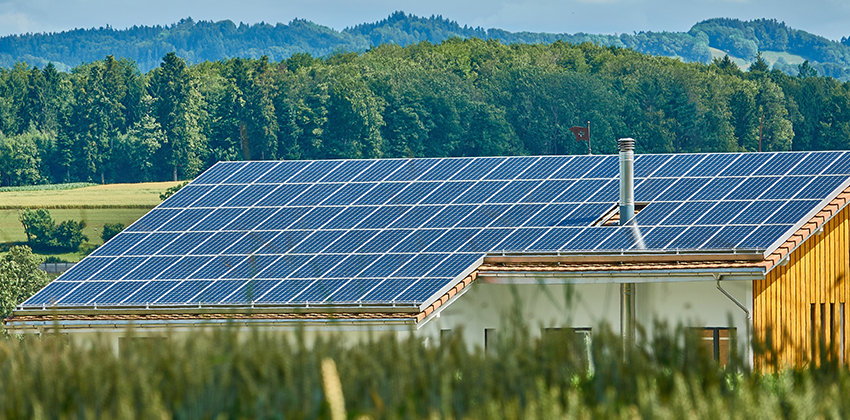How Solar Energy Benefits the Environment

It’s no secret that solar panel energy is far better for the environment than traditional energy produced from fossil fuels.
The clean energy produced by solar panels quickly compensates for the energy required to manufacture them. Combined with other positive environmental impacts such as reductions in water usage, consumers can rest assured that solar panels have a substantial positive effect on the environment.
Solar Panels versus Coal Power Plants
Homes on the electric grid are typically powered by coal-fired power plants. When you compare the impacts of solar, it’s easy to see how solar panels help the environment. Here’s how going solar can reduce carbon emissions, water consumption and air pollution:
- Life-cycle carbon emissions are 95% lower than coal
- Total water consumption is 99% lower than coal
- Total air pollution is 99% lower than coal
The Carbon Cost of Solar
Though no carbon emissions are associated with the generation of energy from solar panels themselves, the transportation, installation, and maintenance of the panels do result in carbon emissions.
The carbon footprint of solar panel production varies widely by region of production, depending largely on the primary fuel that a region relies on for its energy. In 2014, a study found that the carbon footprint of a solar panel produced in China, where coal is heavily relied upon for electricity, was twice that of a panel produced in Europe.
Despite the energy costs of producing panels, most solar cells pay back the initial energy invested in their manufacturing within just 2 years. Considering a standard solar panel lifespan of 30 years, the clean energy that these panels produce far outweighs the energy required to manufacture them.
Still, the solar industry can continue to improve its practices. As clean energy spreads, more of the energy used for solar panel production will itself be generated from renewable sources, reducing the lifecycle emissions of solar panels even more.
As an environmentally conscious consumer, you can make a positive impact by requesting information about the solar panel manufacturing company. In turn, installers will be pressured to request this information from their manufacturers and select manufacturers with responsible environmental practices.
As a result, manufacturers will have a financial incentive to improve their practices. Environmentally-minded consumers should also choose manufacturers that provide transparent information about their manufacturing practices. With consumer choice indicating a preference for environmentally-friendly manufacturers, the industry will continue moving toward an even greener future.
Related reading: The Pros and Cons of Going Solar
Solar Benefits the Environment
Installing solar is the best thing you can do to benefit the environment. The average solar system generates the same amount of clean energy as driving 16,000 miles! Solar panel manufacturing processes continue to improve to further reduce the carbon cost of solar. You can go solar now and start helping the environment today.